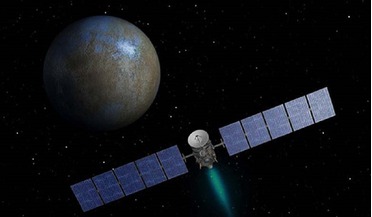 13 March 2015
Ceres breakthrough: NASA's Dawn is first probe to visit a dwarf planet
13 March 2015
Ceres breakthrough: NASA's Dawn is first probe to visit a dwarf planet
... range someplace. One thing that's very good in the solar system at reflecting sunlight is ice. For example, [Saturn's moon] Enceladus has an albedo of about 100 percent. But there are people who are holding out...
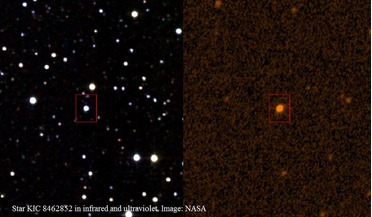 04 November 2015
KIC 8462852 mystery: blocked by ‘alien megastructure’ … or something more banal?
04 November 2015
KIC 8462852 mystery: blocked by ‘alien megastructure’ … or something more banal?
... Space.com, the dust could be generated by all sorts of interesting objects – be they exocomets or a giant ring system a la Saturn. Nevertheless, the SETI Institute is now using the Allen Telescope Array to look for possible radio emissions...
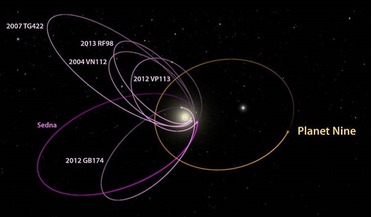 22 January 2016
Possible “Planet Nine” Discovery Announced
22 January 2016
Possible “Planet Nine” Discovery Announced
... closer to the sun and been kicked out to its current location after a gravitational interaction with Jupiter or Saturn. “One of the most startling discoveries about other planetary systems has been that the most common...
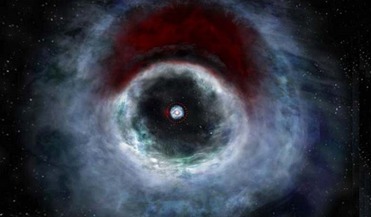 15 February 2016
Astronomers provide new insights into planet formation around binary stars
15 February 2016
Astronomers provide new insights into planet formation around binary stars
.... They are separated by approximately one billion miles: a little more than the distance from the Sun to Saturn. The disk of HD 142527 begins incredibly far from the central star – about 50 times the Sun-Earth...
 16 March 2016
Fog looms large on Titan
16 March 2016
Fog looms large on Titan
Titan’s thick nitrogen and methane atmosphere is reason enough not to linger long on the surface of this unique moon, now scientists working at the Centre for Research in Earth and Space Science in Toronto, Canada, have found another good reason not...
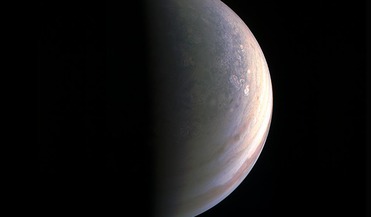 05 September 2016
Surprises for Jupiter as Juno sends back its first images
05 September 2016
Surprises for Jupiter as Juno sends back its first images
... to be released, these unique discoveries have already highlighted Jupiters distinctiveness and the differences do not stop there. "Saturn has a hexagon at the north pole," said Bolton. "There is nothing on Jupiter that anywhere near resembles that...